Smart owners read the labels before feeding a new kind of food to their cats. It's one of the first steps to choosing the best cat food for your kitty and you.
One of the ingredients which often shows up on cat food labels is "By-Products." If you're concerned about these by-products in cat food, keep reading.
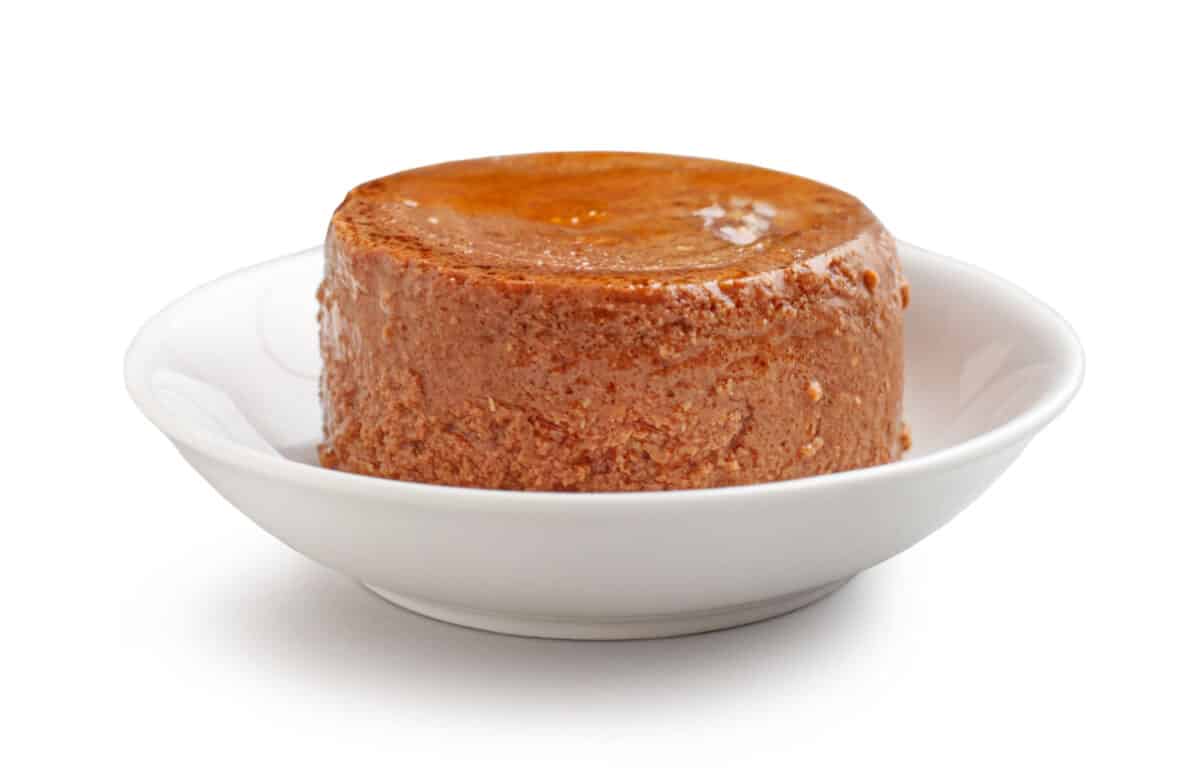
We may be able to put your mind at ease and show you the eco-friendly side of these ingredients.
Rumors have abounded online about what by-products consist of, causing some owners to avoid foods containing by-products.
The Sustainable and Eco-Friendly Nature of By-Products
The human food industry typically does not use the parts of the slaughtered animal that make up by-products. They are the leftovers of our own food, making their use in pet food a more sustainable and eco-friendly option.
Using by-products helps reduce waste and ensures responsible utilization of more parts of the animal.
The Range of By-Product Ingredients
Common by-product ingredients include lungs, spleen, kidneys, brain, blood, bone, fatty tissue, stomachs, and intestines (without their contents).
Many parts of the world regularly consume these animal parts. By using these parts in cat food, manufacturers are able to provide valuable nutrients while reducing waste.
Quality Assurance from USDA-Inspected Facilities
In an interview with pet nutritionist Dr. Martha Cline DVM, she explained that by-products from USDA-inspected facilities do NOT include any dead, dying, diseased, or disabled animals.
Not sure if your pet food comes from a USDA-inspected facility? Call them and ask! This ensures that the by-products in your cat's food come from healthy animals and are safe for consumption.
Differentiating Between By-Products and Rendered Meals
By-products are not rendered meals.
Rendering is the process where various animal tissues are cooked to separate fats from proteins.
They do not render by-products into meals unless specifically described as "rendered" or "by-product meal."
This distinction is important to know, as the nutritional value of by-products and rendered meals can differ significantly.
SIGN UP FOR THECATSITE'S EMAIL UPDATES >
So, by-products: bad or good to see on cat food labels?
Cats are obligate carnivores, and their nutrition should be based on animal protein.
By-products can vary in quality, depending on the tissues used and the processing plant they came from, but they are always animal-derived.
As such, by-products can provide a good source of animal protein and fat in your cat's diet, superior to many fillers such as rice, corn, and other starches, or even legumes, vegetables, and fruit.
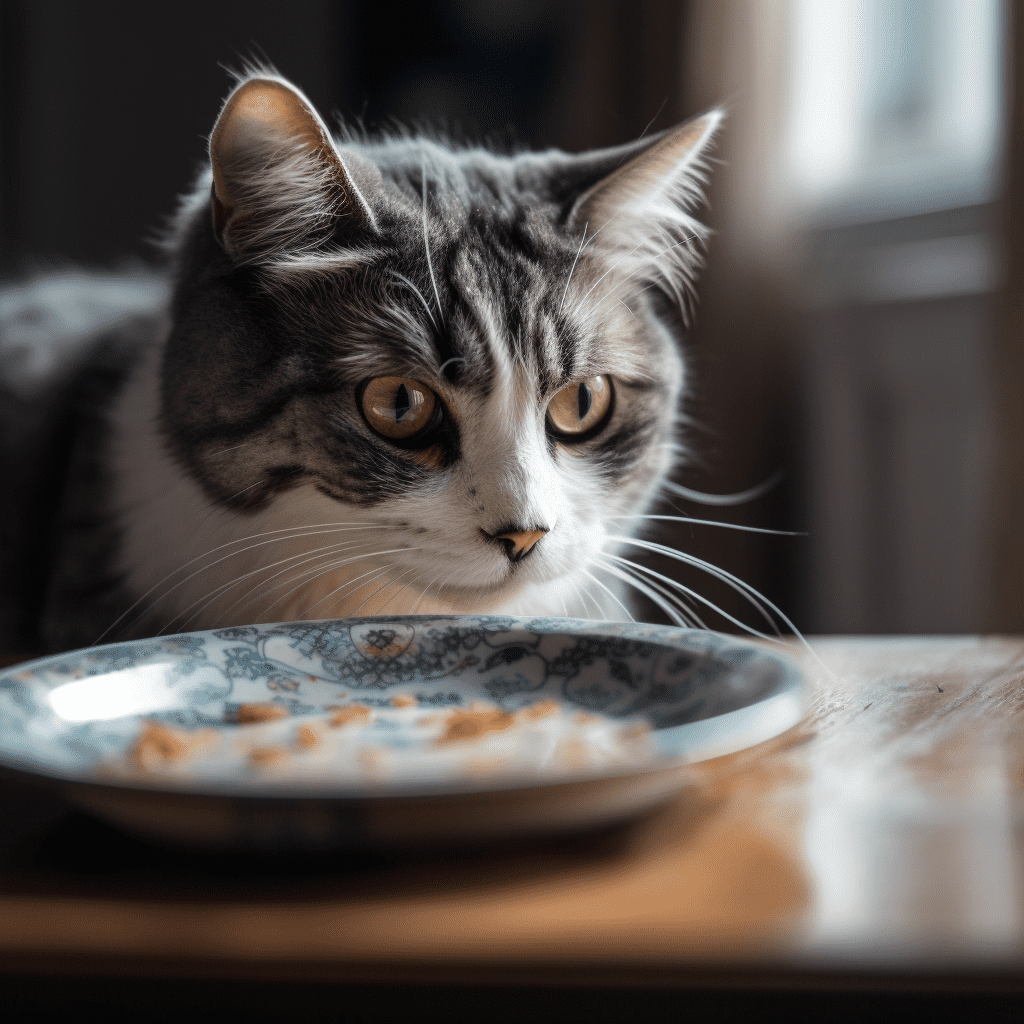
The tissues which "by-products" contain may sound a bit unappetizing to us humans, but they offer an ecological, useful, and affordable way for manufacturers to enrich cat food with healthy animal-based protein.
By embracing by-products in cat food, you're making an eco-friendly choice that helps reduce waste in the food industry.
Choose foods made by reliable companies—large or small—and you can safely feed by-products to your cats.
SIGN UP FOR THECATSITE'S EMAIL UPDATES >
Comments? Leave them using the form below. Questions? Please use the cat forums for those!
Help us share this article! Here's an image you can use on Pinterest for that -
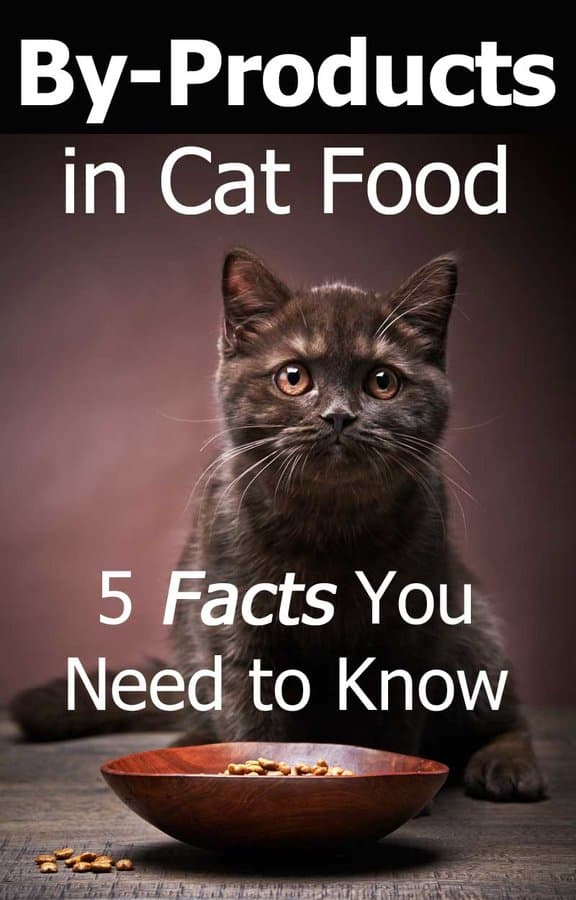
Note: We may get commissions for purchases made through links on this page.

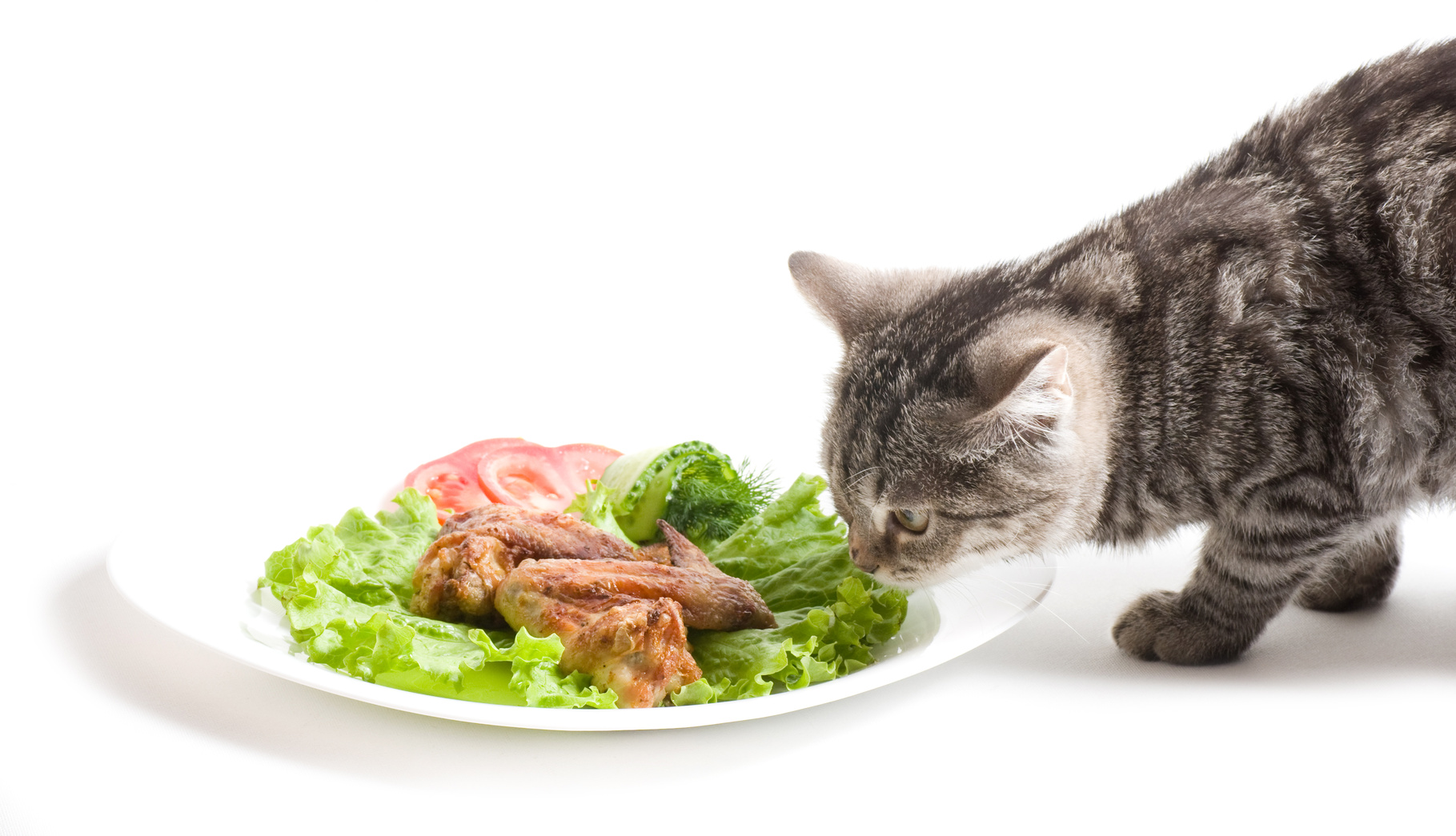
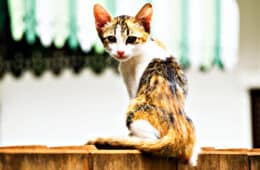
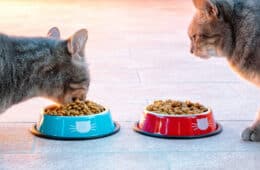
6 comments on “By-Products in Cat Food [An Eco-Friendly Choice for Your Kitty]”